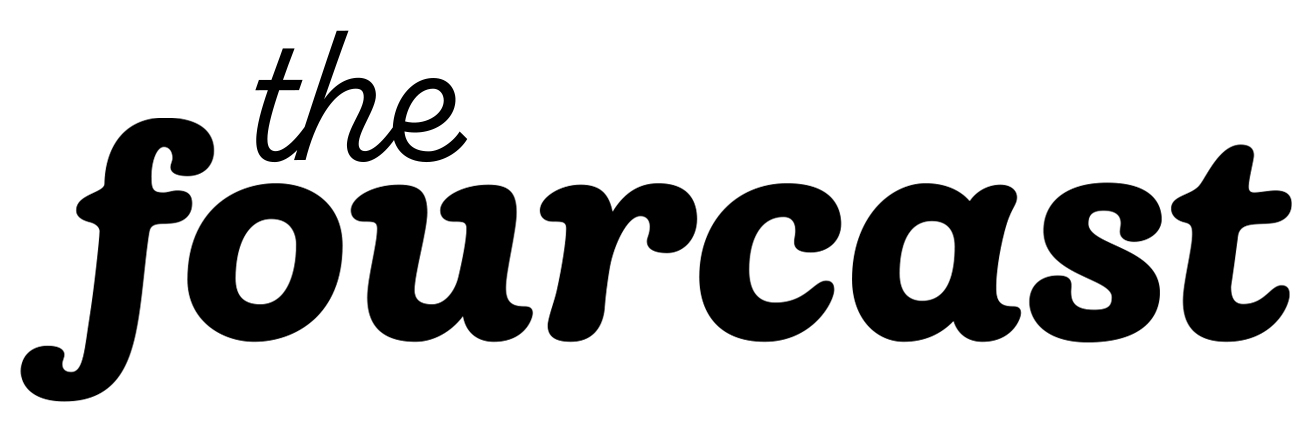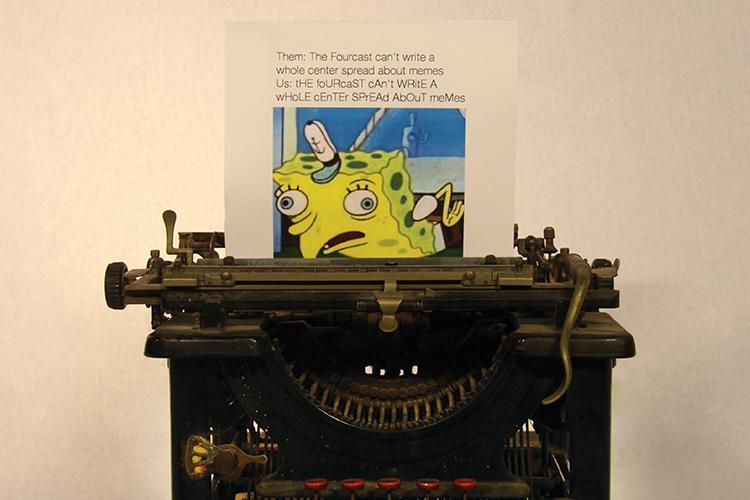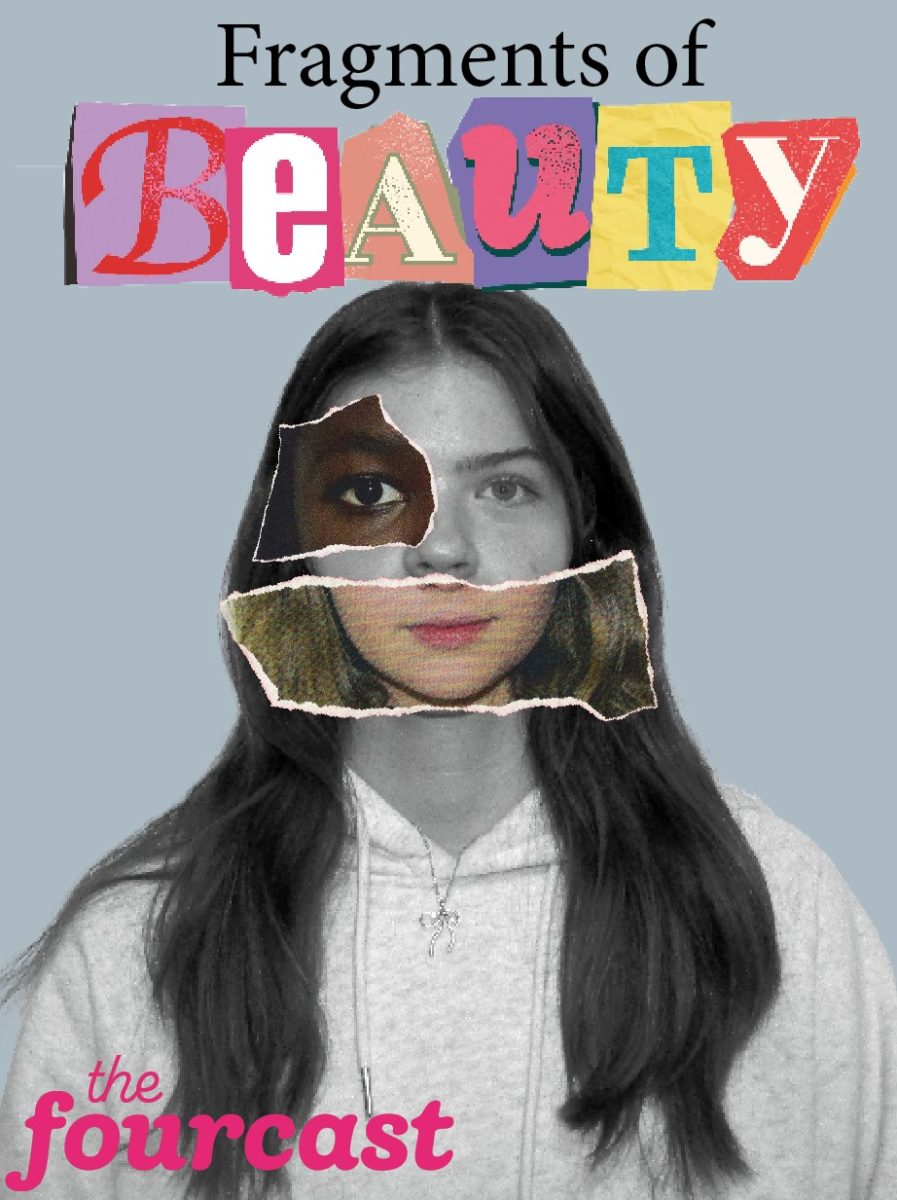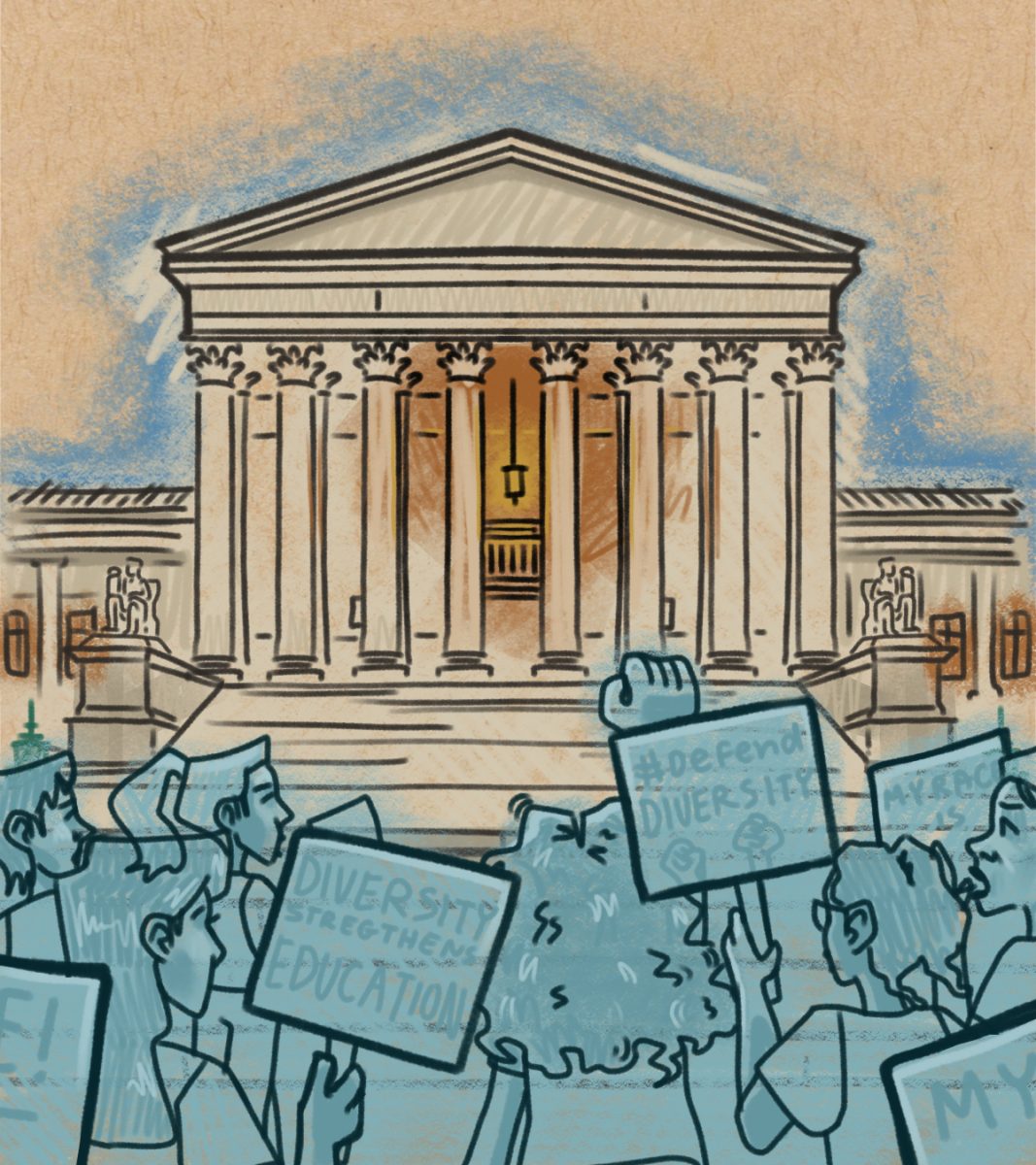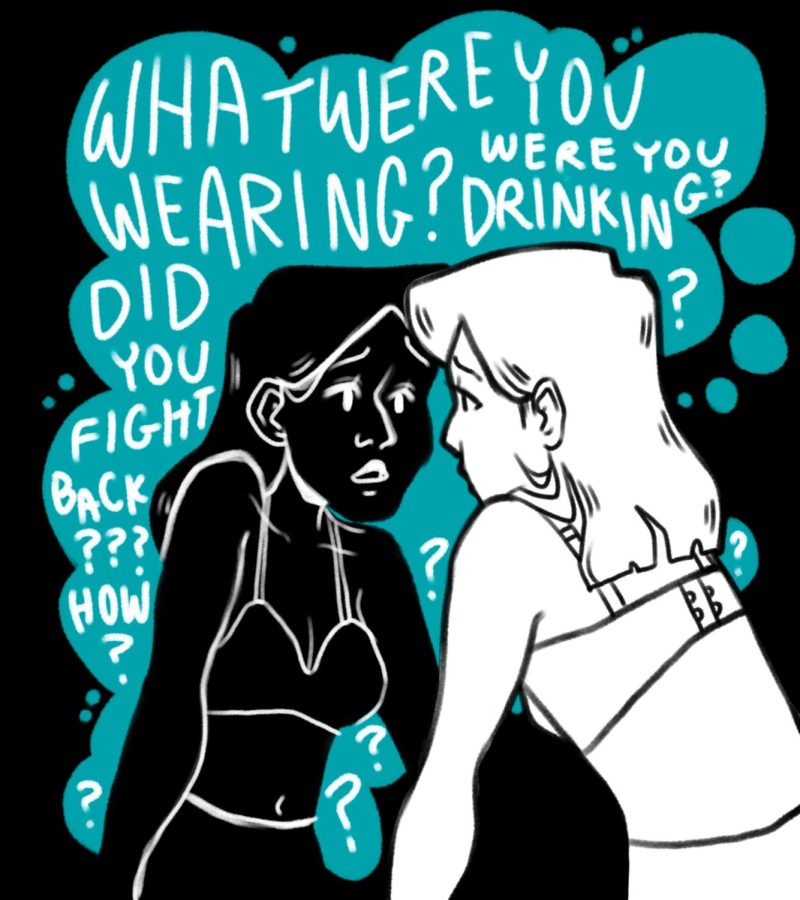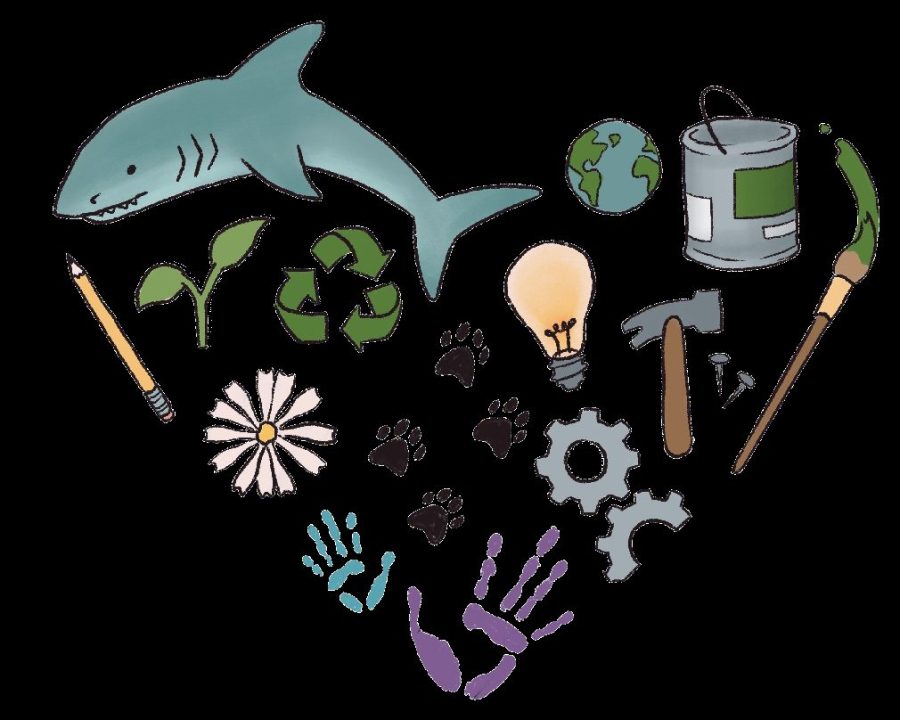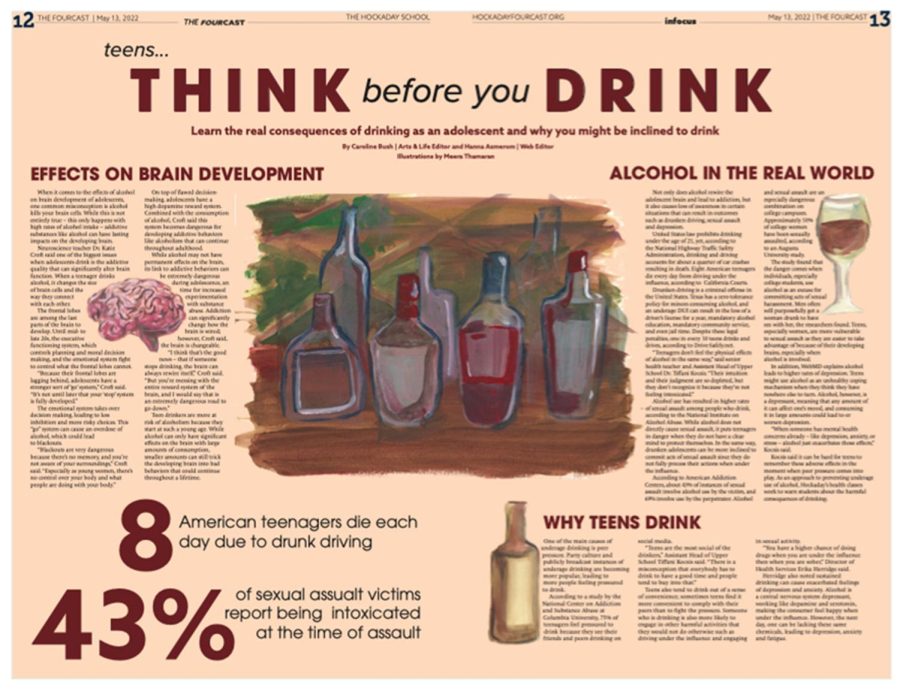In the summer of 2014, a girl from Houston, Texas woke up after a house party, clothes disheveled, with no memory of what happened the night before. A few weeks later, people began to text her pictures of herself, unconscious and undressed. Soon, the photo began to appear on social media. Her name is Jada.
Twitter users began to use the hashtag #Jadapose to mock and mimic her pose in the picture, in which her legs are splayed apart while she’s clearly passed out. The photo became viral, gaining popularity as a meme and even a trendy dance move. A month later, Jada led a police report on sexual assault, and the evidence was shared across the internet.
There is no exact date for when memes took over social media, but in this day and age, the internet seem to be flooded with them. Far too often, people do not pause and think twice before liking or retweeting a meme that they think is funny, nor do they consider the repercussions. Memes have become a powerful tool in modern day communication, and its power has only begun to be recognized.
THE ORIGIN OF MEMES
When asked if they knew what a meme is, 189 out of 190 Hockaday students responded “yes” in a recent survey. But do we really know the complicated history and multiple definitions of the word “meme”?
Many pieces of academic writing about memes compare them to organisms, living and adapting to their environment. The Smithsonian Magazine, for example, describes memes not as “elementary particles but as organisms,” in the article “What Defines a Meme?”
This common simile for memes most likely originates from the creator of the term himself, Richard Dawkins. In 1976, Dawkins published his scientific book, “The Selfish Gene,” in which he explored the question of whether altruism exists in a generally selfish world. The book dedicates a chapter to memes, which he defines as “a noun that conveys the idea of a unit of cultural transmission.”
The book created a stir within and out of the scientific community, and academics still disagree on what constitutes a meme. Regardless of the exact definition of the term, the pictures and videos that the average modern person would define as memes do seem to spread and evolve as Richard Dawkins claimed years ago.
Today, many of us use the word meme to talk about internet memes, not to describe a cultural unit. An internet meme is commonly referred to across the web as a picture or video accompanied by text. For the purposes of this article, the word “meme” will describe individual internet memes.
WHAT DO YOU MEME?
No matter how hard your teachers, grandparents and the librarian try to convince you to pick up a book instead of your phone or laptop, research shows that people these days don’t read as much anymore. In a survey conducted by the National Endowment for the Arts in 2016, the percentage of American adults who read literature for pleasure reveals a sure decline. But it doesn’t end here.
In February 2018, The New York Times published a special report, “Welcome to the Post-Text Future,” which predicted a society where text will have a secondary role in digital communication. The report argues that with the rise of multimedia, the very memes that friends are sending to each other via direct messages (DMs) are not only driving a decline in the consumption of books, but of text at large.
Admit it or not, reading itself is falling out of fashion, replaced by a dazzling array of images, videos, audios and the steady stream of memes that are changing the very way we communicate. Memes add new layers to our day-to-day speech with images and videos. In a survey sent out to the Upper School by The Fourcast, 59 out of 190 students answered that they spend 50 to 80 percent of their time on the internet looking at memes.
One of the participants, senior Dawn Grillo, is a meme enthusiast who loves to collect and send memes to her friends via DMs. She often finds herself referencing her favorite memes in real life and laughing about them with friends.“Memes are my main way of communicating,” Grillo said. “Sometimes I think, ‘If there weren’t memes, would I be a boring person?’ Probably.”
Grillo’s reason for using memes in her conversations is simple: the visuals in memes enhance everything she says. She believes that referencing memes that relate to everyday situations provides visual representations of her message, especially if she’s making a joke. “[Jokes] are ten times funnier if there’s a meme to go with it,” Grillo said.
As memes become increasingly meaningful in our conversations, their utilization has extended beyond DMs and text messages and even into the classroom. Melanie Clemmons is an assistant professor of Digital/Hybrid Media at Southern Methodist University and a new media artist. Her artwork has been exhibited around the countries and overseas from the Whitney Museum of American Art in New York to the House of Electronic Arts in Basel, Switzerland.
During Clemmons’ lectures, there’s a good chance that she’ll show a meme about the material she’s teaching. Clemmons believes that using memes can provide a good break from the “concept-heavy, philosophy-heavy information” her students are expected to retain from the class, as well as articulate this information more effectively. On top of that, Clemmons believes that memes are something that the class can bond over.
“People are noticing that someone in the class who they haven’t met before laughing at the same memes as them, then they may connect, and that creates a better community for our class in general,” Clemmons said.
ARE MEMES SERIOUS BUSINESS?
Not only are memes changing the way we communicate, they are also altering our method of acquiring information as they become another avenue for businesses and individuals to profit and advertise.
Last year, Gucci launched its famous #TFWGucci marketing campaign, in which the company recruited meme creators and artists to make memes about Gucci products. British online publication Highsnobiety calls these memes “a solid affirmation of the cross-cultural dominance of meme culture and a progressive demonstration in how memes can be optimized to sell product.”
Clemmons considers memes as a good form of advertisement for companies, to an extent. “I think brands are smart for using [memes] because it captures people’s attention and it shows that they’re paying attention [to their consumers], but to me, it has to be good, otherwise it feels embarrassing,” Clemmons said.
According to Instagram meme creator Link Lipsitz, a St. Mark’s School of Texas alumnus and a junior at New York University, businesses use memes as adver- tisements surprisingly often. Lipsitz runs a meme account (@i.am.link) with nearly 60,000 followers. Lipsitz points out that entertainment companies are paying meme accounts to create sponsored content that features images from their shows. Other industries are doing the same with their products. However, he concludes from past work experiences that this form of advertisement is not as effective as companies believe it is because people are becoming more sensitive to sponsored content.
“So many companies are pouring money into social media, but I don’t think that the return on investment is that great,” Lipsitz said. “Our generation can spot when something is a paid post. People will think the post is funny, but not enough to go watch the show or buy the product.”
While corporations are using memes as a way to intrigue target consumers, meme account owners themselves are also creating products to intrigue their audience. The products in this industry range from tea-sipping Kermit t-shirts to Tide Pod socks, and have grown more and more competitive over the years. However, it is increas- ingly difficult to make money this way. The industry faces the challenge of an increasingly temperamental and fast-paced internet culture.“I think anytime there are new mediums like social media, there’s potential for volatility,” Clemmons remarked.
Artists like Clemmons are exploring memes as a potential art form. Clemmons believes that the more absurd the meme is, the more artistic it becomes. “The memes that I would consider to be more artistic than others are the ones that really look at the context of the meme and take it as far as possible,” Clemmons said.
Clemmons also looks at memes as a source of inspiration. “I use meme aesthetics in my practice…I think it works really well whenever you have those trends in your imagery, it’s like a nod to the medium,” Clemmons said.
Whether you view memes as art or as business potential or as something else entirely, it is hard to diminish them as just jokes. From influencing politics to business to art, this new form of expression has been recognized as a serious topic and even archived by U.S. government institutions like the Library of Congress.
MEMES IN POLITICS
According to The Washington Post, countries such as China and Russia have cracked down on memes, especially memes that allegedly make fun of the current heads of the country. In order to censor derogatory memes about Prime Minister Putin, Russia made it illegal in 2015 to “publish any internet meme that depicts a public figure in a way that has nothing to do with his ‘personality.’”
Comparably, Chinese media, which is already heavily censored, completely banned posting, or even sending, pictures of Winnie the Pooh because the cartoon character had been used since the 2013 election to mock the Chinese president, Xi Jinping. In this regard, memes are used as a way to rebel against their governments. Like- wise, memes can be used to suppress certain groups of people. Pepe the Frog acts as a well-known example of how a humorous image can quickly be transformed into a hate symbol. Pepe made his original debut in 2005 as a cartoon frog featured in a comic strip titled “Boy’s Club.” Shortly after, members of the alt-right shared re-workings of the character as Adolf Hitler and a Klu Klux Klan member in anti-semitic and racist memes.
Clemmons thinks that memes can potentially be used for political activism. “There’s a fine line between some types of political activism and hate speech, which is what you see with the alt-right,” she said.In September 2016, the Anti-Defamation League, an anti-bigotry group, added Pepe to its online database of hate symbols. Pepe’s creator Matt Furie even killed off the character in his comic strip, depicting him in a coffin, according to BBC News.
Clemmons believes that the nature of memes and the way that memes spread information make them a dangerous political tool.
“If somebody shares [memes] with misinformation on them, because of the nature of memes, because of how quickly they can become viral, then this information gets shared so fast it just starts to become part of the collective unconscious, whether or not it’s true,” Clemmons said. “Memes are more dangerous than articles are because memes can be understood and ingrained so quickly, like wildfire.”
In contrast, memes have also created spaces for communities to connect online, with groups for different types of cultural identifiers. Their members often use the humor of memes to cope with difficult situations or injustices directed to their communities.For example, people-of-color-related online groups can provide coping humor for their communities. In an editorial for Wired Magazine, writer Ludmila Leiva claimed that the memes from these online groups provided “invaluable tools for fostering solidarity and healing” that helped her cope with with the Trump election, while simultaneously making her laugh.
THE DARK SIDE
After her rape case became a meme, Jada chose to step forward in response with the hashtag #IamJada. Speaking on local and national media, the teen chose to reclaim her image in the face of internet virality.
”Everybody has already seen my face and my body, but that’s not what I am and who I am,” Jada said during an interview on a Houston television station.
Jada’s story reveals the dark side of memes. While a simple photo paired with a joke may seem harmless, the meme isn’t so funny anymore when it becomes a tool of ridicule and cyberbullying. Upper School counselors Ashley Ferguson and Jessica Hooks both agree that memes can be closely linked to cyberbullying. “If the intent [of memes] is to cyberbully and the intent [of memes] is to hurt someone, you’re going to accomplish that. When you create the meme, it’s all about what purpose do you want this meme to serve,” Ferguson said.
Apart from the potential of cyberbullying, the way that memes address mental health can be controversial. Scrolling through social media, any viewer will likely catch sight of memes that address depression, anxiety or other mental disorders. If these memes represent accurate information, they can allow those who are suffering from a mental condition a platform to openly speak about their mental health.
“It can be a force for good, because you’re sharing more information about mental health, and people are talking about it more,” Clemmons said.
There’s a good chance, however, that these memes are not accurate representations of the mental conditions themselves. In a web article published in 2013 on Psychology Today titled “Why Memes Are a Bad Idea,” psychologist and philosopher Paul Thagard Ph.D. argues that “the lumping of all cultural entities together as memes neglects the variety and complexity of mental representations.” Therefore, memes can only go so far in representing the whole picture in terms of mental disorders.
Hooks not only believes that memes can misrepresent mental disorders, but she also thinks that they can be an obstacle to more meaningful conversations regarding the topic.“The meme can sometimes encourage silence, because I can just create this or put this out here, and I don’t have to then talk about it,” Hooks said. “That’s not really coping.”
On the other hand, meme creators like Lipsitz, who often puts himself in his memes, receive online hate from malevolent social media users. To deal with these haters, Lipsitz either ignores them or blocks them on his account. “People call me fat Draco Malfoy, and I get DMs from people saying some crazy things. And if it gets really dark, then I do what I have to do to protect myself, but I don’t really take a lot of the hate seriously, because my haters are my greatest motivators,” Lipsitz said.
When Lipsitz puts himself in memes, he represents his true self and nothing else. He believes that this authenticity not only prevents him from creating a discrepancy between his social media and real-life presence, but also helps him withstand the hate.
“There’s nothing that people are going to say online that can hurt my feelings. I was the only out gay kid at St. Mark’s for years, you think I can’t handle the hate?” Lipsitz said.
The rise to power of internet memes still proves to be a controversial topic. They are, after all, just another form of jokes. But the cultural significance of memes proves much larger than a few laughs and a retweet. They might be revolutionizing our way of communication. They might be the new market, or the new political tool. They might be a mechanism of cyberbullying. But the question remains: What now?
Clemmons believes that being aware of what information we’re offered is the key in the future for memes. Hooks and Ferguson agree.“You get to look and read whatever you want, but what you believe is your choice. The responsibility is on you to then go the extra step in research,” Ferguson said.
After examining the many roles memes play in our society, maybe it’s time to reconsider their potential for the future. As for now, however, it doesn’t seem like people will ever delete their favorite memes, because they’re just “so relatable,” right?
Story by Michelle Chen and Niamh McKinney
Photo by Michelle Chen
